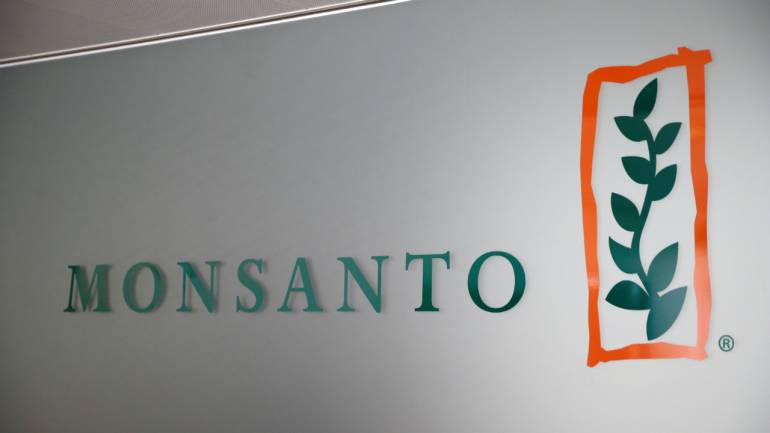Two examples in the New Year suggest a stronger regime for intellectual property in the country
A long-standing grouse of foreign investors has been poor protection of intellectual property rights in emerging markets, including India. The US has been a vocal critic on this front. That is starting to change.
Businesses say that patent protection is essential to ensure that innovation is incentivised. Critics argue that it denies access to the needy and that companies indulge in ever-greening of patents, ensuring that their hold continues forever.
The start of 2019 saw two developments related to patents. On January 3, the government said a new drug with a patent under the Indian Patent Act, 1970 will be exempt from price control for five years from its marketing start date. Earlier, this exemption was available only for drugs that were developed through indigenous research.
The implication of this change is to allow all new drugs, whether developed in India or abroad, this exemption. This opens up the market not just for foreign companies with new drugs, but even Indian-owned companies can benefit. In-licensing of drugs from foreign companies has been one way to accelerate sales growth, marketing them through their existing sales and distribution networks. They can bring newer treatments that are under patent protection to the market, with both parties benefiting. The threat of price control is a risk that will cease for five years after this amendment.
The second patent-related development is the Monsanto case, where the Supreme Court ruled that Monsanto’s patent on its BT cotton seeds is valid. This decision comes in an appeal against an earlier ruling by the Delhi High Court. The earlier ruling had raised fears among patent holders of seed technology about the validity of their patents, and some had even withdrawn from the market.
Both developments are different in many respects but intellectual property is a common theme. If businesses are more certain of their valid patents getting protection, then their outlook towards the Indian market will become more favourable.
When listed companies become part of this process, either as subsidiaries of foreign-owned companies, or becoming local joint venture partners, or through strategic tie-ups for specific products, their investors can benefit too. Alternatively, uncertainty on this front can keep foreign companies away from the market, denying a business opportunity. A stable environment may also mean an improvement in the Ease of Doing Business rankings for India, a key target for this government.
What’s the catch, you ask? Well, both these developments could mean more availability of products but also higher prices for the end-user. This can hurt weaker sections. That’s where the government can step in, by ensuring that weaker sections of society—be it patients or small farmers—have access to these products, but without blowing a hole in their pockets. How they do this is a different matter, it could either be through negotiations or through targeted subsidies, but the important thing is to ensure that the commercial value of a valid patent remains protected.











